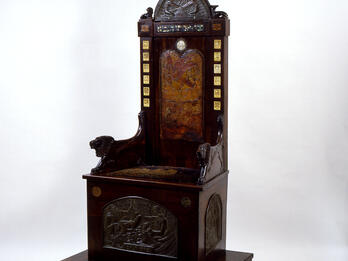Portrait of Madame Peretz Hirshbein
Chana Orloff
1924
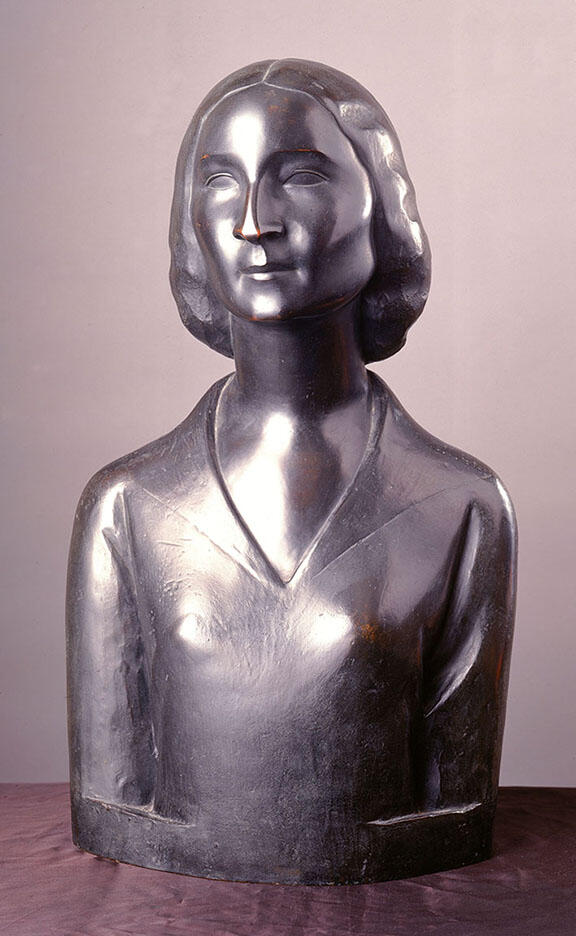
Creator Bio
Chana Orloff
Born in Alt-Konstantin in the Russian Empire (today, Starokostiantyniv, Ukraine), sculptor Chana Orloff settled in Ottoman Palestine with her parents in 1905. She moved to Paris in 1910 to study and soon became an important member of the avant-garde École de Paris (School of Paris), many of whom were also East European Jewish artists. Orloff’s works, mostly in wood, stone, bronze, and marble, were influenced by both cubism and the vogue for “the primitive.” She remained in Paris for the rest of her life, except for the war years, when she found refuge in Switzerland. Upon her return to Paris, she found that many of her sculptures had been destroyed. Orloff did extensive work in the new State of Israel, exhibiting at the Tel Aviv Museum of Art, completing a bust of David Ben-Gurion, and creating two monuments in 1952 for Kibbutz ‘Ein Gev, The Hero and Maternité. A good part of her work focused on sculpture of the female form, and motherhood in particular was one of her recurrent subjects; she created no fewer than twenty-four sculptures entitled Maternité between 1914 and 1961.
You may also like
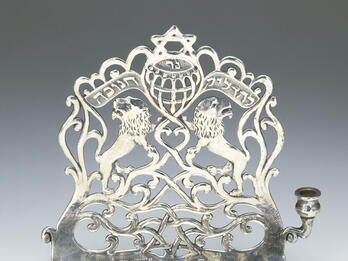
Hanukkah Lamp (Copenhagen)
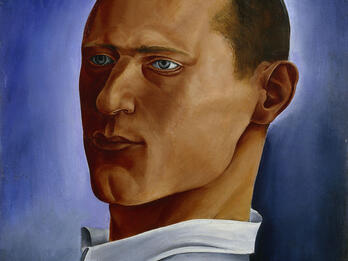
Self-Portrait
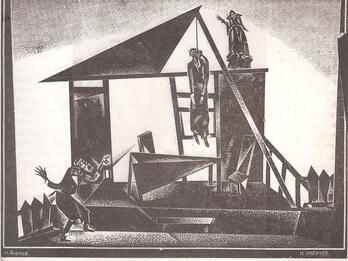
Set Design for Sholem Aleichem’s Get (Divorce)
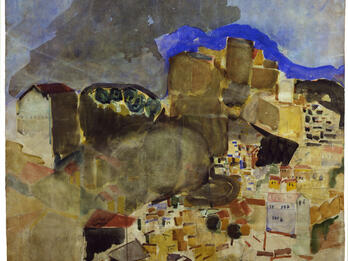
Safed
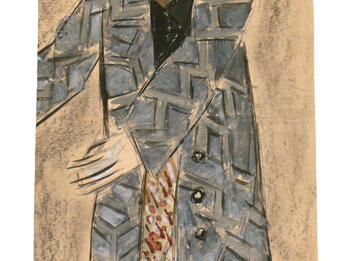
Costume Design (Bearded Male) for Peretz’s At Night in the Old Marketplace
